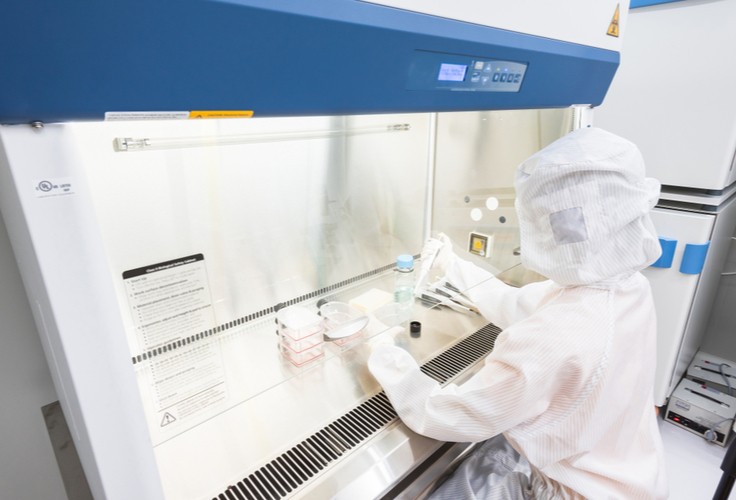
Rooms, or secondary engineering controls, are designed to mitigate contamination issues with samples or products, but sometimes a part of the process requires an additional level of contamination control. Elevating the control of contamination within the room to cleanroom status may be excessively taxing on the HVAC and or difficult to achieve due to the contamination generation of other processes in the room. A clean bench, or laminar airflow bench, can provide the solution. By utilizing HEPA filtration immediately prior to cascading the filtered air over a work surface, these units are capable of providing a mini environment of greatly increased contamination control from particulate, aerosols, bacteria, fungus, virus, and DNA.
In this piece, we will look at how a unidirectional-flow clean air device works, its uses and the types of units available.
What Is a Laminar Airflow Bench?
The “unidirectional” component refers to the fact that the air is blown at a consistent rate in a uniform direction for maximum control over the environment — even without a fully enclosed cleanroom around it.
What Is a Clean Bench Used For?
Some applications include:
- Medical manufacturing and assembly: Medical devices and pharmaceuticals must be handled in a controlled environment for the safety of the patient.
- Medical research: During the research process, the ambient environment must remain consistent and contaminant-free to achieve repeatable, accurate results that will hold up to peer review.
- Electronics assembly and testing: Intricate electronics can malfunction if exposed to particulate matter. Laminar flow benches keep particulates away from these delicate materials for proper functioning.
- Biological cultures and testing: Medical samples must be handled in a contaminant-free environment to remain accurate and reliable.
Variants of Clean Benches
In general, laminar flow benches offer two variations of airflow:
- Vertical benches: Air is blown vertically onto the work area
- Horizontal benches: Air is blown horizontally over the work area
Note that for each type of airflow, the intention is primarily to protect the work area from contaminants — not the operator. If hazardous materials or fumes are in use, further precautions must be taken.
With numerous options and a much more accessible installation than cleanrooms, unidirectional airflow benches are an important tool in the critical areas of laboratories, medical research and testing, pharmaceutical manufacturing, and beyond.
To learn more, contact Technical Safety Services today.

